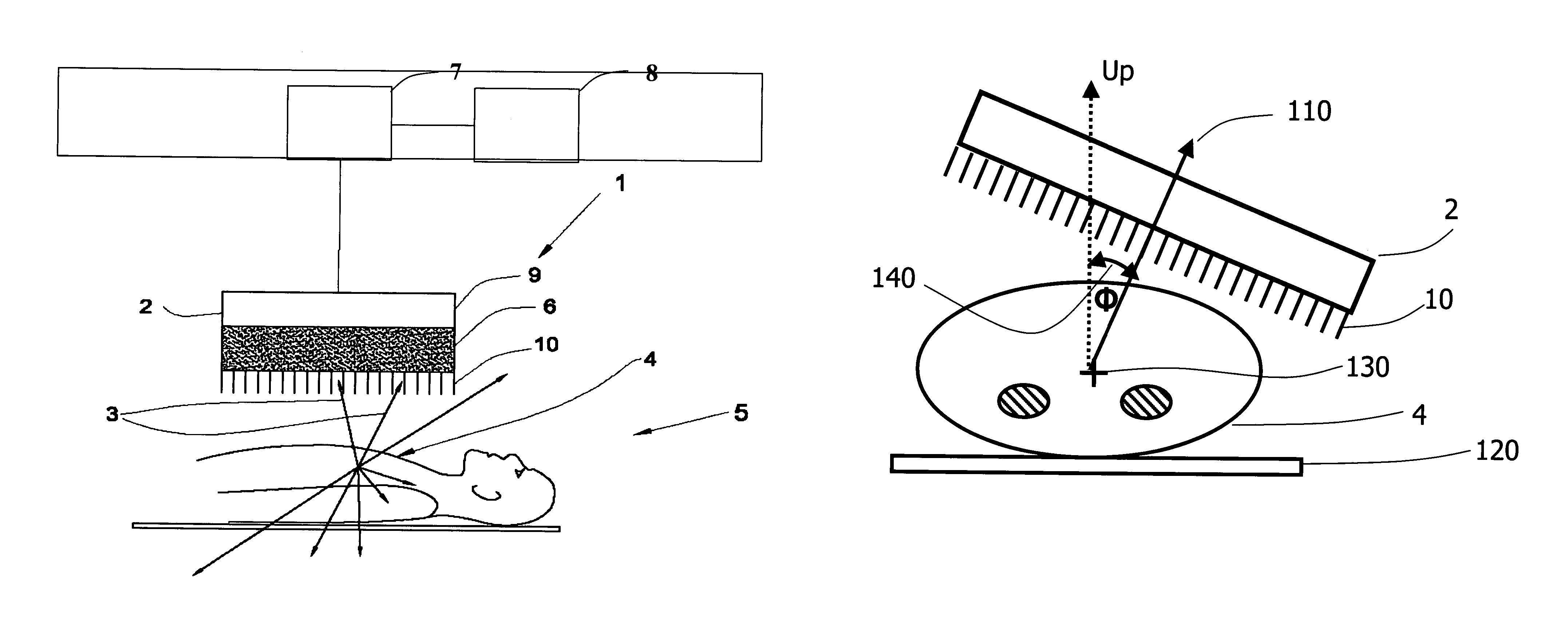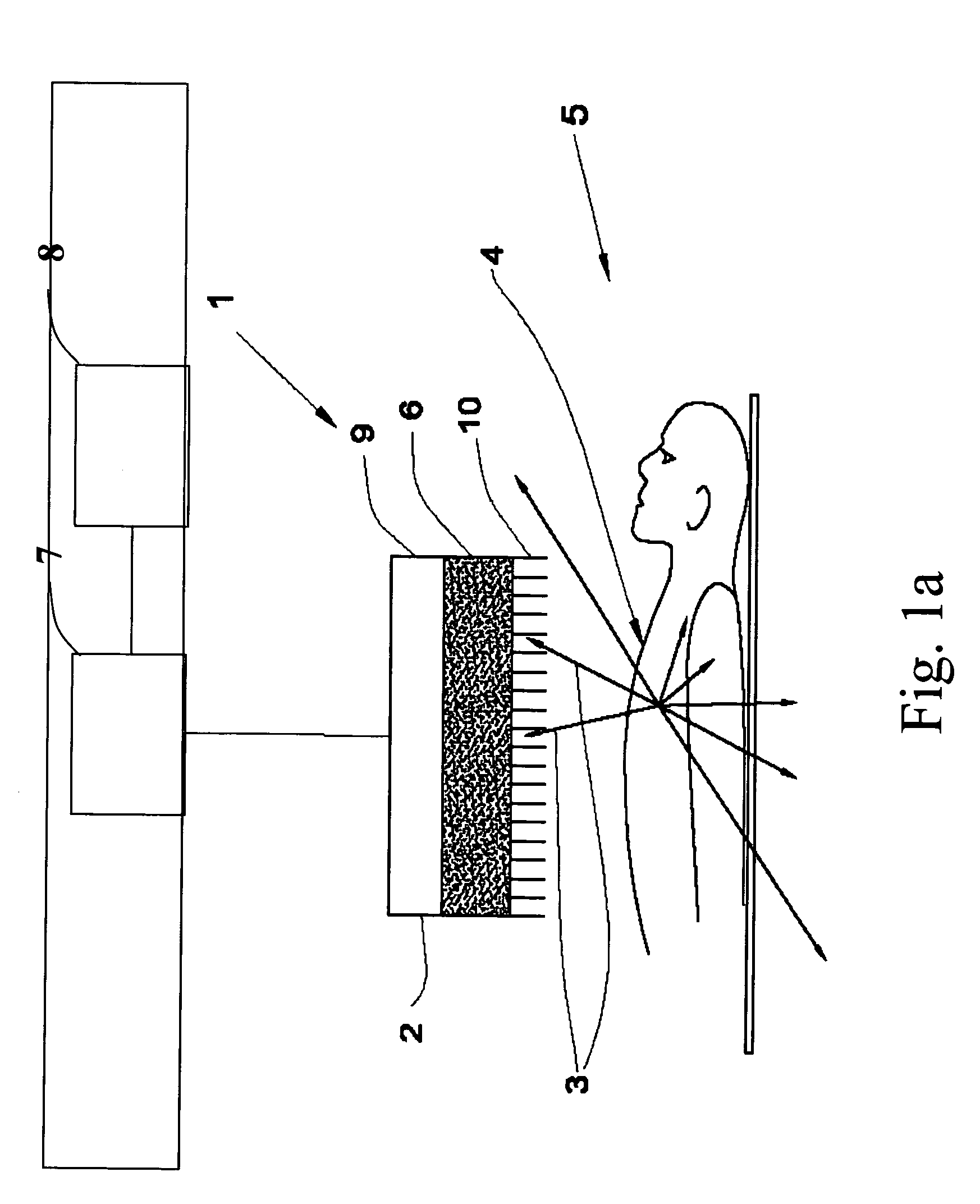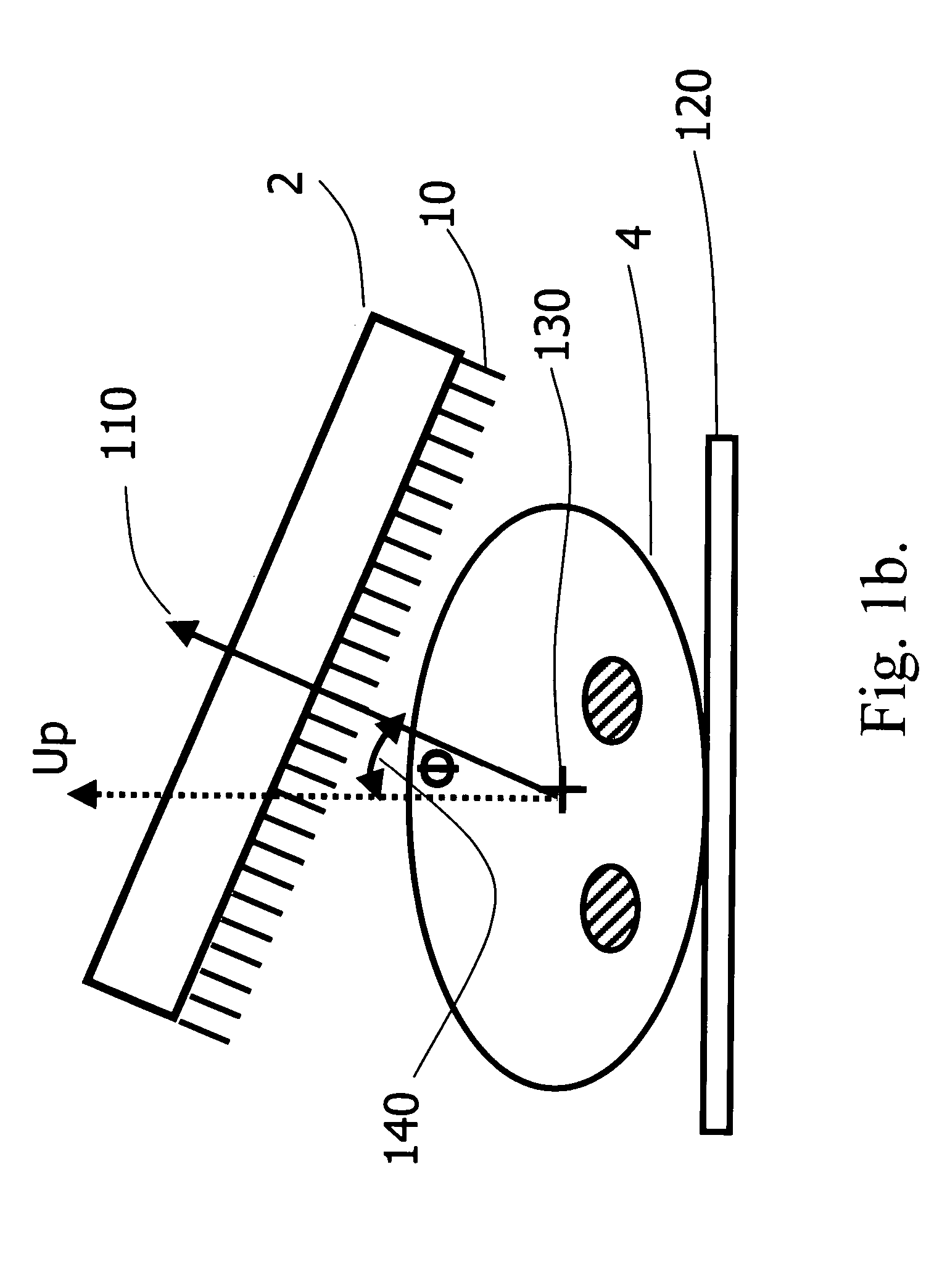Efficient single photon emission imaging
a single photon emission and computerized tomography technology, applied in tomography, instruments, applications, etc., can solve the problems of reducing the sensitivity of the collimator, requiring a long acquisition time, and a patient is subject to a relatively long period of discomfort, so as to enhance the image quality of the spect nuclear emission image, and shorten the data acquisition time
- Summary
- Abstract
- Description
- Claims
- Application Information
AI Technical Summary
Benefits of technology
Problems solved by technology
Method used
Image
Examples
Embodiment Construction
[0057]The general objective of the present invention, which will be described subsequently in greater detail, is to provide a novel technique for acquisition and reconstruction of SPECT single photon emission images in which the duration of the time consuming data acquisition step is substantially reduced (with respect to known techniques), thus decreasing patient discomfort, potentially improving image quality and increasing the Gamma camera's throughput.
[0058]Reference is first made to FIG. 1a depicting a side view of a simplified schematic diagram of gamma camera in accordance with the present invention, for obtaining a SPECT image of a portion of a body that has been administered by a radiopharmaceutical substance radiating gamma rays.
[0059]The gamma camera 1 comprises a detector 2 mounted above an inspected portion 4 of a body 5, position logic circuitry 7 and a data analysis computer 8, all connected appropriately.
[0060]Detector 2 includes at least one photon detector crystal ...
PUM
 Login to View More
Login to View More Abstract
Description
Claims
Application Information
 Login to View More
Login to View More - R&D
- Intellectual Property
- Life Sciences
- Materials
- Tech Scout
- Unparalleled Data Quality
- Higher Quality Content
- 60% Fewer Hallucinations
Browse by: Latest US Patents, China's latest patents, Technical Efficacy Thesaurus, Application Domain, Technology Topic, Popular Technical Reports.
© 2025 PatSnap. All rights reserved.Legal|Privacy policy|Modern Slavery Act Transparency Statement|Sitemap|About US| Contact US: help@patsnap.com



